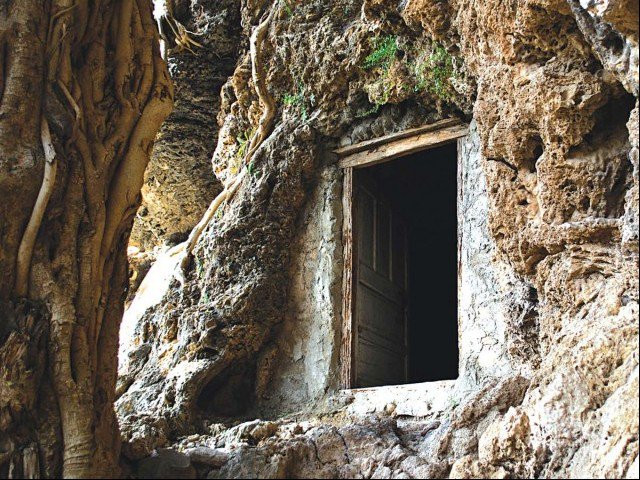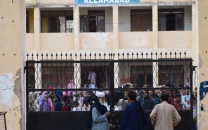Ministry to preserve history of Shah Allah Ditta caves
Forms three-member committee of experts to preserve relics recovered from site

A view of the ancient Shah Allah Ditta caves. PHOTO: FILE
Ministry of Information, Broadcasting, National History and Literary Heritage Additional Secretary Syed Junaid Akhlaq said that they have designed a comprehensive plan for the preservation of the heritage sites in Islamabad.
He stated that they have collected data relating to the historical sites of Shah Allah Ditta and Ban Faqaryan.
Akhlaq further said that work on the project is expected to start this month after the necessary funds are released from the ministry.
DoAM to start conservation work on Ban Faqiran
The official further said that they have set up a three-member committee comprising experts on ancient relics who will oversee the project and properly collect any relics discovered from the site.
The Shah Allah Ditta caves, located in the village of the same name in the lap of the Margalla Hills on the outskirts of the capital, boast Buddhist murals which date back some 2,500 years.
These caves are invisible to the eye from a distance since they are protected by their natural guardians of ancient trees who cover the entrance with their long, leafy vines.
The exposed façade of these caves is decrepit which signifies that they have endured the harshness of weather for a prolonged period of time.
The extreme weather conditions have left the murals in a dilapidated state, requiring the immediate attention of the departments concerned for conservation and maintenance.
Locals say the place used to be referred to as ‘Garyala’ a long time ago owing to the presence of a fruit garden here which was spread over some 13 kanals of land. Some also refer to it as “Bhuddo’s Bagh”.
However, the control of this garden was taken over by the Capital Development Authority (CDA) in 1983. However, the garden has since been losing its lustre.
The village, which served as a conduit for traders and warriors travelling to and from the Indian Subcontinent to Afghanistan and vice versa, was named after a Mughal-era saint called Shah Allah Ditta.
Centuries old historic books at Lahore Museum being converted into e-library
The caves are a popular site for hundreds of visitors — from either within the country or from abroad. Most turn it into a historical weekend excursion to reconnect with history and take in the lush green natural ambience of the village.
The centuries-old history contained in the caves seems to be crumbling away with scant attention from the authorities to either do anything to protect the precious murals or to regulate and regularise tourist or research activity.
The CDA, which has jurisdiction over the area, has been relatively active over the past year, making plans for preserving the site and to repair roads leading to Shah Allah Ditta village considering its importance for boosting tourism.
But it too has failed to take any concrete steps in this regards.
Published in The Express Tribune, March 4th, 2019.



















COMMENTS
Comments are moderated and generally will be posted if they are on-topic and not abusive.
For more information, please see our Comments FAQ